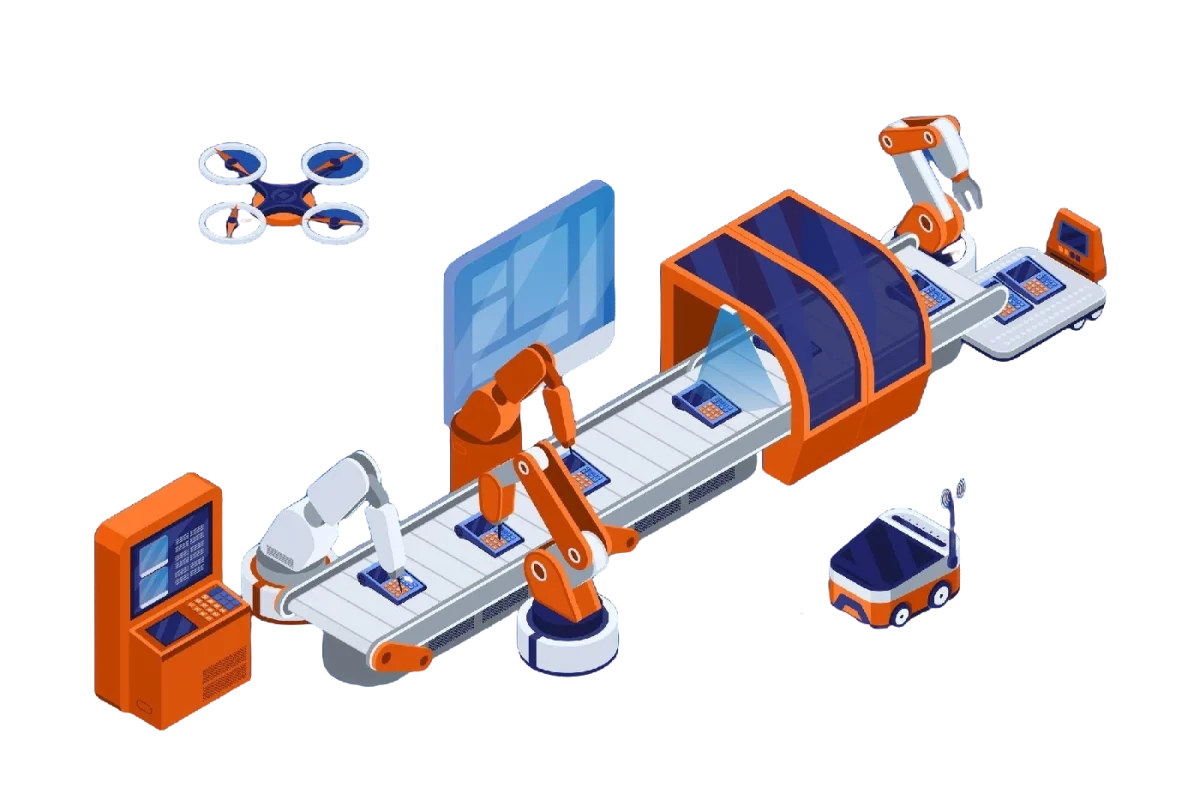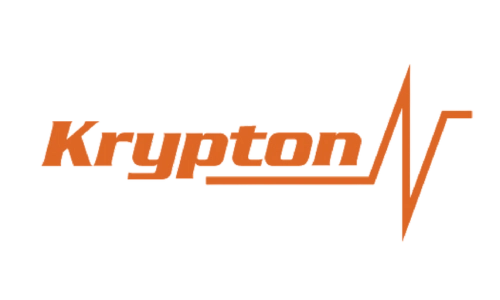5 Steps to Implementing Predictive Maintenance
A Comprehensive 5-Step Guide to Implementing a Predictive Maintenance Program
Predictive maintenance (PdM) has emerged as a game-changing strategy in industrial operations. By leveraging real-time data to predict equipment failures before they occur, businesses can reduce unplanned downtime, optimize maintenance schedules, and lower costs. If you’re looking to implement a predictive maintenance program, this comprehensive guide will walk you through each step in detail, ensuring a successful and scalable deployment.
What is Predictive Maintenance?
Predictive maintenance is a proactive approach that uses data collected from equipment sensors to predict when maintenance is needed. Unlike traditional reactive maintenance, which addresses equipment issues only after they occur, or preventive maintenance, which follows a fixed schedule, predictive maintenance focuses on real-time insights to prevent failures.
By adopting PdM, factories and industrial facilities can avoid costly interruptions, improve equipment reliability, and extend the life of their machinery. The key lies in effective planning and execution, which this guide will cover in detail.
5 Steps to Implementing Predictive Maintenance
1. Identify Critical Equipment
The first step in any predictive maintenance program is to identify which equipment is critical to your operations. Consider all machinery involved in the production process, including:
- Primary Equipment: Machines that directly impact production, such as presses, molding machines, or conveyors.
- Ancillary Equipment: Supporting systems like compressors, pneumatic actuators, or ventilation fans.
Consult with your maintenance teams, operations staff, and shift supervisors to pinpoint assets that are most likely to contribute to downtime. Key questions to ask include:
- Which machines are essential to the production process?
- What equipment has a history of frequent failures or breakdowns?
- Which assets are costly to repair or replace?
Compile a list of all relevant equipment to form the foundation of your PdM program.
2. Prioritize Assets for Predictive Maintenance
Once you have identified the equipment, the next step is to prioritize which assets to monitor first. This decision should be based on the following factors:
- Criticality: Machines essential to production, quality, or safety should take top priority.
- Failure History: Assets with frequent breakdowns or extensive repair needs are ideal candidates for PdM.
- Maintenance Costs: Focus on equipment with high repair and downtime costs.
- Age and Condition: Older or heavily used machinery may benefit more from predictive maintenance.
- Replacement Parts: Consider assets with long lead times for replacement parts or high inventory costs.
Rank your equipment based on these criteria to determine which assets require immediate attention and monitoring.
3. Determine Key Metrics to Monitor
The success of a predictive maintenance program depends on gathering the right data. Metrics to monitor include:
- Vibration: Fluctuations in vibration can indicate issues with bearings, rotating components, or alignment.
- Temperature: Abnormal temperature changes may signal overheating or wear.
- Current: Variations in current draw can point to motor inefficiencies or mechanical stress.
Other metrics like pressure, humidity, or fluid levels can also be valuable, depending on the specific equipment. Use condition monitoring sensors to collect real-time data and establish baseline readings during normal operation. This baseline will help you detect anomalies and predict potential failures.
4. Start with a Pilot Program
It’s tempting to implement a full-scale PdM program immediately, but starting small allows you to test the system, gather insights, and refine your strategy. Follow these steps for a successful pilot program:
- Select a Pilot Asset: Choose one or two critical assets with a history of maintenance problems.
- Install Sensors: Deploy the necessary sensors to collect data on metrics like vibration, temperature, or current.
- Monitor and Analyze: Use monitoring systems to collect and analyze data in real time.
- Demonstrate Value: Evaluate the program’s effectiveness by comparing maintenance costs and downtime before and after implementation.
A pilot program minimizes risks, provides valuable lessons, and builds confidence in the predictive maintenance approach.
5. Scale the Program Gradually
After a successful pilot program, you can expand your PdM efforts to more assets. Here’s how to scale your program effectively:
- Add Sensors Incrementally: Gradually equip additional machines with condition monitoring sensors.
- Leverage Data Analytics: Use advanced analytics to uncover trends and insights across all monitored assets.
- Optimize Maintenance Schedules: Plan maintenance activities based on real-time data, reducing the need for scheduled downtime.
- Continuously Improve: Regularly review the program’s performance and adjust based on new data or operational changes.
Scaling gradually ensures that the program remains manageable and delivers measurable results as it grows.
Benefits of Predictive Maintenance
Implementing a predictive maintenance program offers numerous benefits, including:
- Reduced Downtime: Proactively addressing potential failures prevents costly production interruptions.
- Lower Maintenance Costs: Fixing issues before they escalate reduces repair expenses and labor costs.
- Extended Equipment Life: Regular monitoring and timely interventions can prolong the lifespan of machinery.
- Improved Safety: Detecting and addressing issues early minimizes the risk of accidents or hazardous conditions.
- Data-Driven Decisions: Real-time insights enable better planning and resource allocation.
These advantages make PdM a valuable investment for any industrial facility.
Challenges and How to Overcome Them
While predictive maintenance offers significant benefits, it’s not without challenges. Common obstacles include:
- High Initial Costs: Investing in sensors and monitoring systems can be expensive. Start small with a pilot program to manage costs.
- Data Overload: Collecting large volumes of data can be overwhelming. Use analytics tools to focus on actionable insights.
- Skill Gaps: Teams may require training to interpret data and manage PdM systems. Invest in training programs to build expertise.
Addressing these challenges early can pave the way for a successful and sustainable predictive maintenance program.
Conclusion
Predictive maintenance is revolutionizing industrial operations by combining data-driven insights with proactive strategies. By following this 5-step guide, you can implement a predictive maintenance program that minimizes downtime, reduces costs, and improves overall efficiency. Start by identifying critical equipment, prioritize assets, determine key metrics, and begin with a pilot program. As you scale, leverage data analytics to optimize your operations further.
Ready to transform your maintenance strategy? Begin your predictive maintenance journey today and unlock the full potential of your industrial assets.








